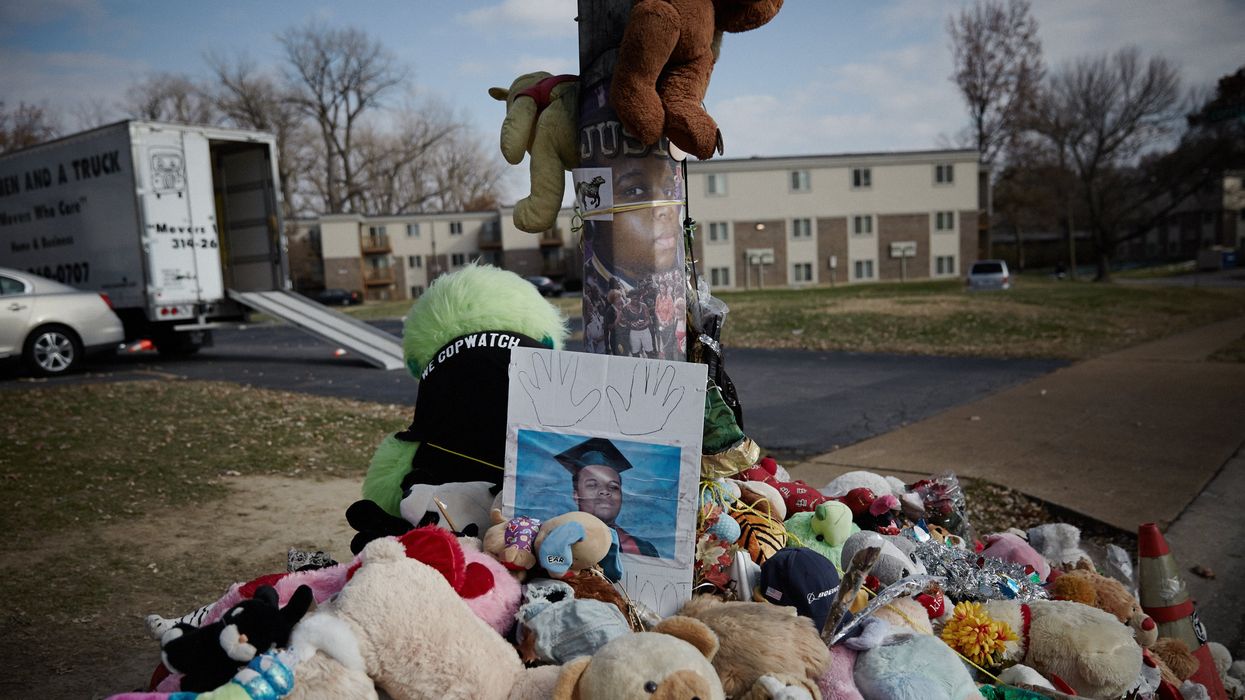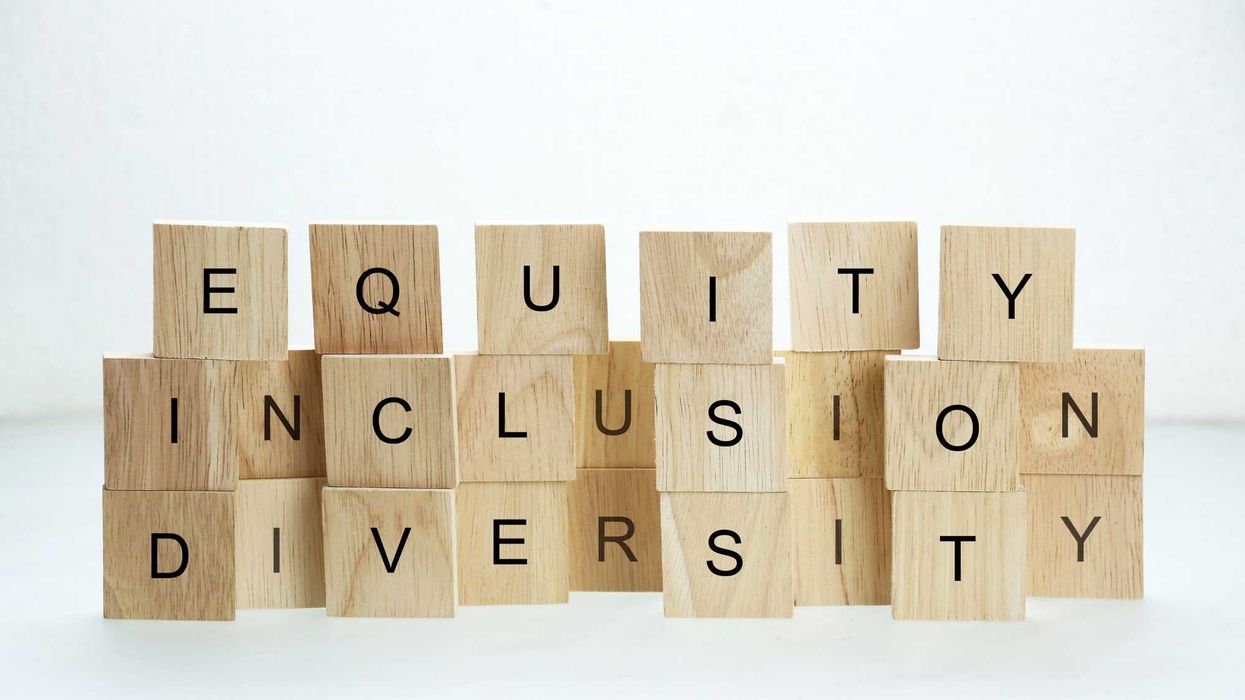Johnson is a United Methodist pastor, the author of "Holding Up Your Corner: Talking About Race in Your Community" and program director for the Bridge Alliance, which houses The Fulcrum.
Aug. 9 will mark 10 years since Michael Brown Jr.'s life was violently cut short by a police officer in Ferguson, Mo. Brown's death ignited a powder keg that had been building for years: a simmering frustration over police violence and systemic racism in America. The ensuing months and years saw a wave of civilian killings and assaults by police across the country, each one a stark reminder of the deep-seated issues that still plague our nation today.
As a former cleric and activist in Ferguson, I have spent the past decade bearing witness to the pain and resilience of that and numerous other communities. I experienced firsthand the trauma inflicted on people and places who lost loved ones to police violence and the courage of diverse persons who have taken to the streets and halls of power to demand justice. I have also witnessed the remarkable strength of communities like Ferguson, which has refused to remain silent in the face of injustice and inequity.
Brown’s killing was a pivotal moment that exposed the deep racial divisions in America. In the weeks and months that followed, protests erupted across the country, fueled by millions of Americans' raw anger and frustration. The images of peaceful protesters clashing with heavily armed police in Ferguson became a symbol of the growing divide between law enforcement and the communities they vowed to serve. Ferguson was just the tip of the iceberg. In the six months following Brown's death, there was a chilling increase in the number of civilian killings and assaults by police across the United States. From the streets of Baltimore to the plains of the West, BIPOC+ persons were disproportionately targets of law enforcement officers who often acted with impunity.
Over the years, I've struggled to find words that adequately express the depth of the pain and anger that these events have caused within the black community. The constant fear of encountering police violence, the grief over the loss of Black, Brown, trans, and others, and the exhaustion of constantly fighting for recognition and respect — these are the burdens that Black Americans have shouldered for far too long.
Yet, despite the darkness, I encountered signs of hope in the past decade. The Black Lives Matter movement has emerged as a powerful force for change, demanding an end to police brutality and systemic racism. Young people, in particular, have been at the forefront of this continual movement, using their voices and bodies to challenge the status quo. Likewise, communities are rising up. In Ferguson, the community has taken immense pride in its people's resilience and strength. The Gardens of Hope, a community-led initiative that stands as a testament to the power of collective grief and the desire for just and equitable coexistence, is just one of a number of examples of redress nationally.
Despite the passing of time, the wounds inflicted by the killing of Michael Brown and the subsequent unrest are still raw for many. The scars of systemic racism and police violence are etched into the fabric of our nation. However, the past 10 years have marked a turning point in recognizing racial justice in America.
The Black Lives Matter movement shifted the Overton window, making conversations about police reform and systemic racism more mainstream. A cross-section of people have emerged as influencers, demanding their voices be acknowledged and their lives matter. And communities of color have organized and mobilized in ways that were unimaginable a decade ago.
As we look to the future, I believe that the movement's response to Ferguson will continue to shape the conversation around race and justice in America. The memories of Michael Brown and the countless others who have lost their lives to police violence serve as a constant reminder of the work that still lies ahead. The strength and resilience of Ferguson and similar communities continue to inform and inspire intergenerational activists to keep pursuing a more just and equitable future.
The long shadow of Ferguson may linger, but it also casts a light on the path forward. It has exposed the deep-rooted problems that plague our nation, but it has also given rise to a powerful movement working to heal the wounds of the past and build a more inclusive and equitable future. In the months leading to Aug. 9, I, along with the Bridge Alliance network, will respectfully commemorate and reflect on the 10th anniversary of Michael Brown's killing while exploring the many ways and means people and their communities are engaging in the struggle for racial justice and equality for all people.



















